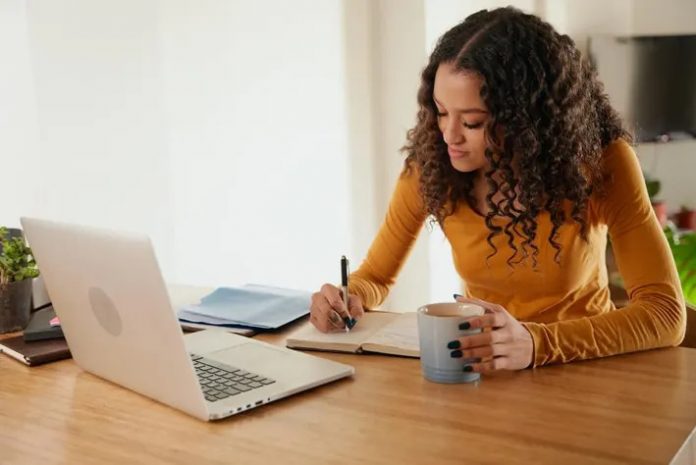The company culture, the appropriate working environment, a well-designed office layout, and the newest technological resources are the primary factors that promote productivity and teamwork. An acceptable workspace is necessary for users to feel motivated and at ease in order to carry out their daily tasks. To get optimal productivity in the workplace, we should effectively manage our time and many outstanding duties in our daily work, particularly during situations where our jobs can become monotonous.
Create work areas.
Create calm, comfortable areas in your workplace or choose an outdoor workspace that enables staff to gather and collaborate when needed. For instance, the sales department ought to be housed in the same building so that each worker can collaborate with their coworkers on tasks as needed.
Make your work area neat and orderly.
Being productive requires a well-designed workspace with comfortable, adaptable furnishings. Keeping all office paperwork organized and hidden in drawers or cabinets, as well as keeping electronic gadgets like PCs and laptops neatly stored, helps improve overall wellbeing. Teams will be able to locate documents and information much more quickly and effectively if workstations are kept neat.
Encourage communication among staff members by providing collaborative workplaces.
According to our definition, collaborative spaces are any open-plan workspaces where teamwork is the primary goal. We can increase staff productivity in the office based on the distribution we select. For instance, designing collaborative workspaces that promote employee interaction and improving user experience need the selection of adaptable furniture and its placement. The colors, materials, and ergonomics of each piece of collaborative furniture should be tailored to the kind of work being done in the office.
Decide on important tasks.
Since we are at our most active, alert, and focused when we go to the office, it is crucial that we complete the most difficult jobs first. On the other hand, smaller and less time-consuming jobs might be completed in the last hours of the working day.
Conversation and cooperation
We will occasionally need to collaborate, organize initiatives, or have meetings with the several people in the workplace. Thus, it is critical that we continue to have intimate, personal communication with them. We work together for many hours, after all, and it is the shared worries, experiences, and special moments that will transform us from coworkers into a strong team and even a working family.
Spend a few minutes organizing your week.
It will only take a few minutes, and this is crucial. It all comes down to understanding and getting the week started correctly. Similarly, organizing our workweek will boost our confidence and self-assurance in addition to increasing our productivity.
Take pauses.
Since an average workday in the interior design sector typically lasts longer than four hours, it is advisable to take five-minute breaks after completing a significant task to allow for relaxation and a stronger return to work. We should also take a 15–20 minute break to stretch our legs, have a snack, or even just talk to our coworkers.
Give up multitasking.
Everyone aspires to be the greatest at what they do. Nonetheless, it is well established that multitasking typically yields suboptimal outcomes. Give each assignment your full attention, go over it again, conduct research, and strive for the greatest result. We will undoubtedly get greater results when we put in the required amount of time.
Have fun at work.
We are lot happy when we enjoy what we do, and the results reflect that. Maintaining our enthusiasm for our work does not equate to being a competent professional. Every day, remind yourself of your motivations, the reasons behind your role choice, and the challenges you hope to overcome. Make each day an experience.



































